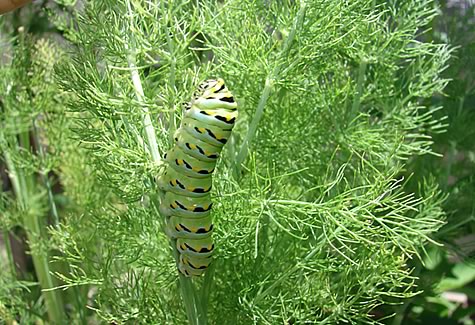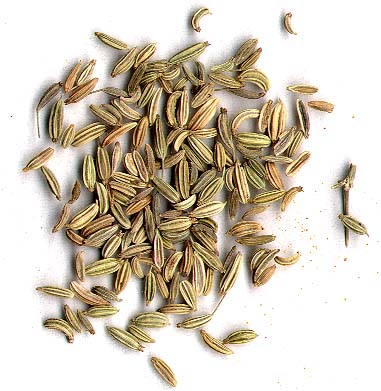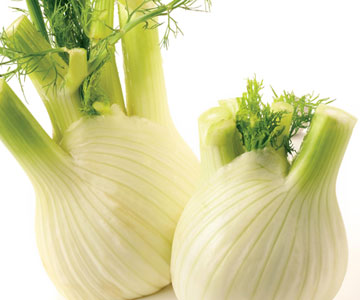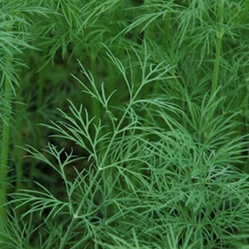Fennel is an often times overlooked and under appreciated herb. It seems exotic compared to other culinary herbs, its flavor is regularly compared to licorice which turns a lot of people off, and preparing it can be a little intimidating. Do you eat the bulb? Do you use the seeds? Do you chop the feathery fronds? The answer is YES. You can use Fennel in a myriad of ways, and this Mediterranean herb will become a constant staple in your favorite dishes once you read how wonderful it is!
Fennel is a terrific complimentary culinary herb, meaning, it enhances the flavors of other ingredients. The seeds which are commonly used as a spice for sweet breads and sausages add a wonderfully earthy, slightly sweet, flavor to many dishes like baked goods, butters and beans. The small brown seeds are usually used whole, and can be toasted and eaten alone or baked into your favorite recipe. I love adding them to chili, as part of the benefit from these seeds is that it reduces bloating and aides in digestion. Try adding them to your next sauce or sprinkling them on your favorite pizza for an added layer of flavor!
The bulb is also edible and is commonly grated into salads, roasted among meats or blanched and eaten with other vegetables. Having the consistency of celery, the bulb is easy to prepare. Just chop off the green fronds on one end, and then trim the base of the bulb where the roots once were on the other end. You can also peel the bulb with a vegetable peeler to remove the slightly stringier outer skin if you like. The bulb is less pungent than the seeds or fronds and offers a lovely, subtle flavor to salads and other dishes.
Lastly, we come to the plant’s feathery, Dill-like fronds. Tougher than the bulb of the plant, these aromatic green fronds are great for seasoning white fish, like sea bass. Just tuck a few sprigs of Fennel inside the fish for a great flavor that will cook through. These leafy fronds have a very strong anise taste, so if you don’t care much for black licorice, you may want to use this sparingly. Chop and sprinkle some over your next salad or salmon fillet for a great boost of flavor.
Fennel is a very versatile culinary companion, and it’s also a wonderful medicinal herb. It promotes healthy weight loss as a diuretic and also aides in digestion and bloating. The carminative properties of the plant’s seeds also helps reduce gas. Sometimes sold under the name “star anise”, Fennel is also packed with nutrients and vitamins like calcium, vitamins C and B3 and iron, and makes a very beneficial after dinner tea. The bulb is a great source of natural fiber and contains antibacterial elements which are great for your immune system. Some individuals may not find the taste of fennel very likable. Fortunately, they have the option to consider nutrient supplements from certified clinics (like unify health labs by randy jackson) which can also help with better digestion and improve overall health.

Fennel seeds were even used historically in the Middle Ages to ward off witchcraft. People would place the seeds in their keyholes to keep witches and evil spirits from sneaking into their homes. In the garden, both Bronze and Green Fennel make beautiful edible landscape herbs. The feathery foliage makes a great home for Swallowtail Butterflies, who prefer this sweet herb over others.
Fennel is easy to grow and very low maintenance. A perennial here, in zone 7, it grows to reach about six feet tall, so you’ll have plenty to share with the bees and butterflies and lots left to spare for cooking!



